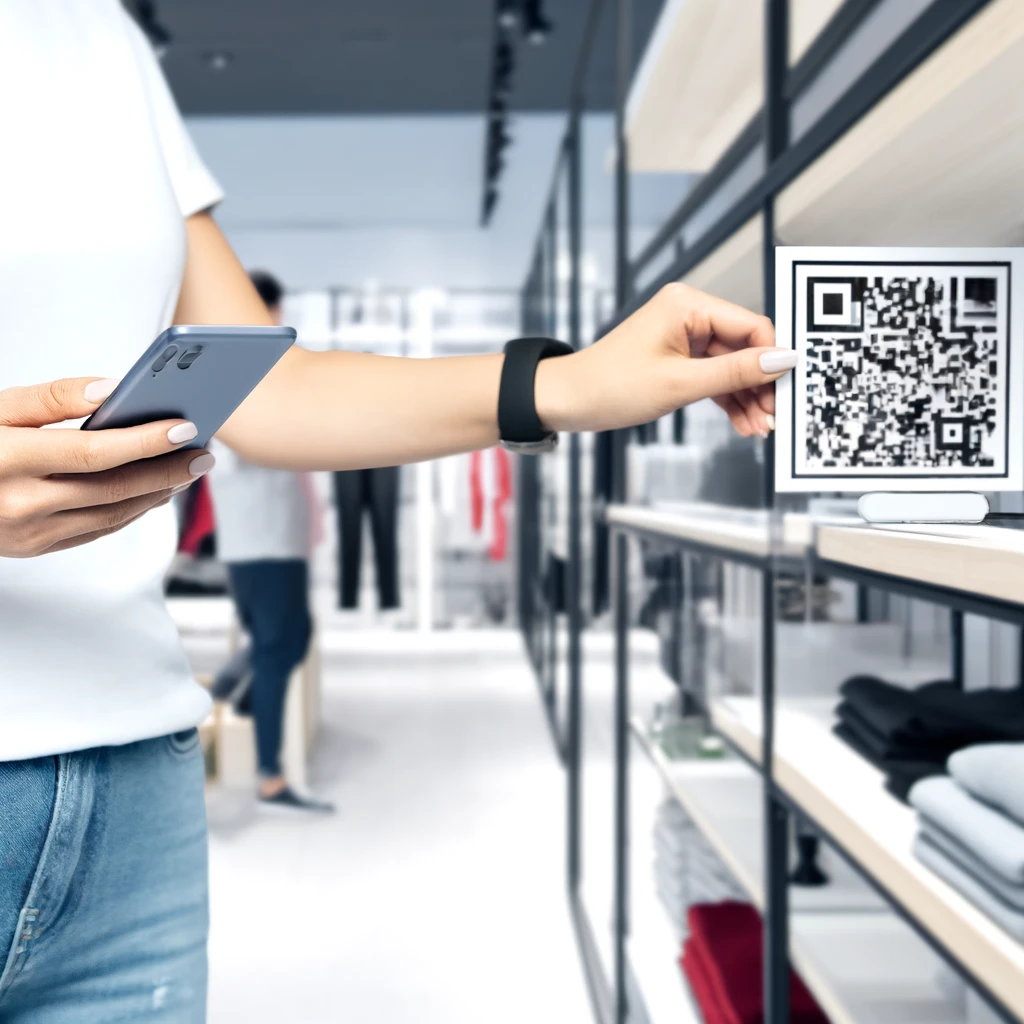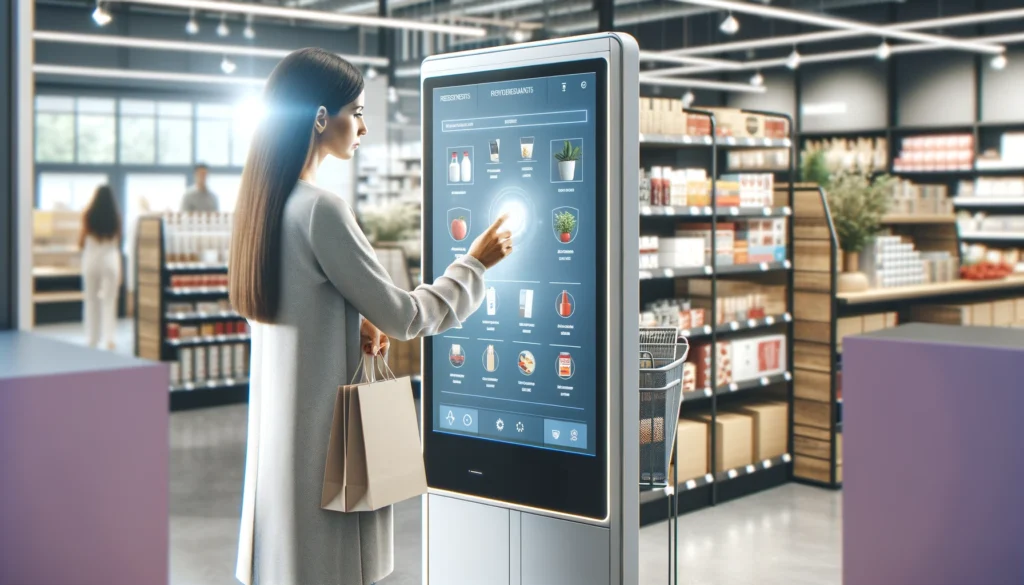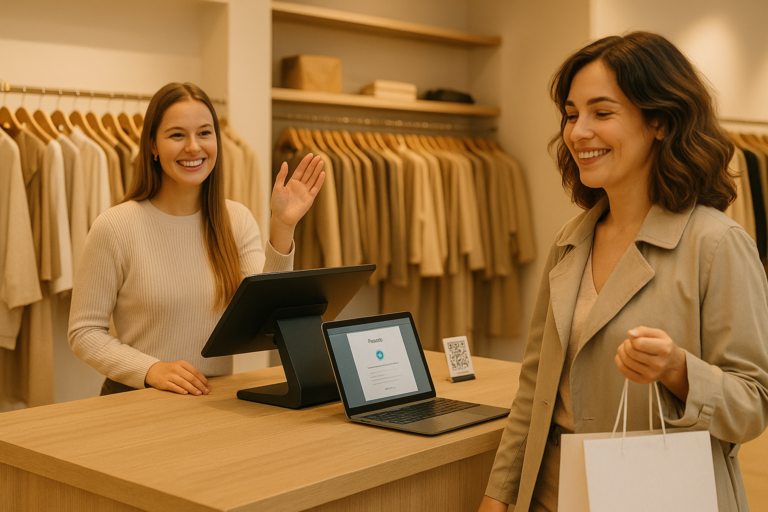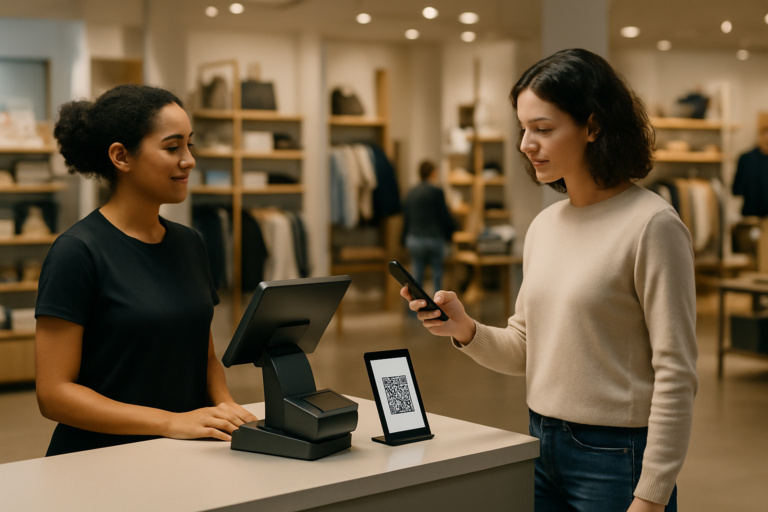We often talk about how the retail sector is having a renaissance with the increase in the omnichannel approach, the development of unified retail and the enhancement of in-store shopping as an experience. However one of the biggest challenges that retailers face nowadays is with staffing.
Through a mix of different influences, it is now becoming harder to attract, train and retain retail staff than it once was. A recent study by HR Data Hub found that retail has one of the highest turnover rates of staff, with retailers in the UK having a staff turnover rate of over 50%. This was compared to the average of 35% across all other sectors.
Even attracting staff in the first place can be hard. As a customer-facing role, retail can be tough with a physical and mental element to the role. Technology is also moving at an increasingly rapid pace, meaning that some of the in-store technology that staff need to use is far more sophisticated than it once was. The need to learn different systems and processes for financial reasons, stock, and more complex POS systems can put potential candidates off from applying for a retail role. A recent study by Mckinsey stated that nine out of ten of executive teams felt their frontline retail staff suffered from a skills gap when it came to technology.
However, technology can also rectify this very same issue. With more emphasis being put into the customer having access to smart in-store touchpoints, phygital systems, and data capture systems that are there to make both the staff and customers lives easier. This could be through the use of QR codes, digital signage, in-store kiosks, and more.
The Role of In-Store Touchpoints in Enhancing Customer Service
One of the most important parts of the brick-and-mortar shopping experience is the tactile nature of it. Customers can see the products in real life, touch them, and determine if they meet their needs, an experience websites cannot easily replicate.
However there are some perceived disadvantages to being in-store. When you are shopping online, if something isn’t clear it’s easy to search the web for answers and demontrations. And while many consumers will have their phone with them in-store, it’s not always possible to find the correct product information on the fly.
Staff members can help, but often they can be hard to catch the attention of if they are already busy. They could be serving behind the cash register, or putting out stock onto the shop floor. Equally, many customers don’t always feel at ease speaking to staff either.
It’s in these situations that the usage of smart in-store touchpoints such as digital kiosks, augmented reality and even smart QR codes on products can help the customer find exactly what they want, without having to find or engage with a staff member. This approach allows staff to easily answer many frequently asked questions, freeing them to perform physical tasks or address important questions that in-store support cannot answer.

Empowerment of Staff Through Technology
Offering more technology can also help in other ways when it comes to staffing challenges. Smart shelves equipped with weight sensors and RFID tags can automatically track inventory levels, alerting staff in real-time to restocking needs or potential theft. This ensures that shelves are always stocked and significantly reduces the time employees spend on manual inventory checks.
refive also offers the opportunity for customers to scan a QR code and receive a digital receipt. This also allows customers to sign up for newsletters, loyalty programmes, post-purchase information, and offers a frictionless way for data capture that enhances the customer experience. This is all while a staff member can run the customer’s purchases through and doesn’t require them to ask for email addresses, or personal details that can hold up the transactional section of the in-store experience.
Digital signage is another aspect of phygital systems that can streamline operations. By dynamically displaying pricing, promotions, and product information, digital signs can reduce the need for staff to update this information manually, ensuring that customers always have access to the most current information while freeing staff to focus on more critical tasks.
Catering to New Consumer Preferences
As the retail environment shifts so do customer preferences. One example we are seeing this with is that a significant portion of Gen-Z shoppers prefer minimal interpersonal interaction during their shopping journey, with 42% of those surveyed saying that they wouldn’t appreciate interpersonal interaction in-store.
Gen-Z value efficiency and autonomy, seeking out information on their terms. Additionally, as many cities across Europe and the world become more diverse we are seeing more multiculturalism. This does mean however that multicultural retail environments often encounter language barriers, making it challenging to provide consistent and comprehensive customer service across diverse customer bases.
One way to navigate these shifts is the installation of self-service systems. These systems can use product information and digital content already available, bringing it into the physical retail space. You can also program this system to offer multiple languages, ensuring that language barriers are not an issue when no staff member speaks a customer’s language.
There is also the chance to make the retail space more inclusive, without as much need for specialist skill sets that could be quite scarce. One example of this is in a DIY store where customers often require detailed product information and guidance to make informed decisions. This could be specialist information to do with carpentry, brazing or even electrical.
By introducing screens or kiosks, customers can gain access to their own digital “product assistant”. These can be placed next to products or product categories that play instructional videos, provide detailed product specs, or offer interactive guides, helping to bridge the gaps in the sales staff’s experience. Often this information is already available on a company eCommerce site too, so it can just be repurposed for in-store use as well.

Technology Helps Retail Staff
The future of retail is fully digital, but is also deeply human. And nowhere is this more obvious than with retail staffing. Staff play such an important role in any business. As the customer-facing role, they are the ones who speak directly to customers day-in-day-out and provide a human face to associate with your brand.
Gathering data and using it with a technology-based, omnichannel approach to identify both customer and staff pain points can unlock possibilities to improve the in-store experience for both consumers and staff. This means a happier work environment, that staff feel empowered to work and supported by technology that can cut down on many tasks that could increase the mental load. This approach should, based on the figures, increase retention and efficiency, leading to better profits and more opportunities for growth. It also means that your staff are happy, and they can become brand advocates as much as your customers.









